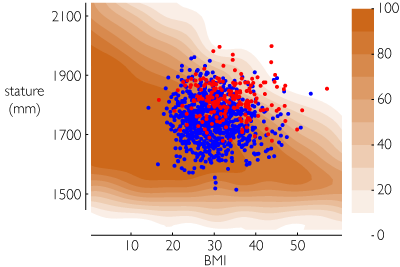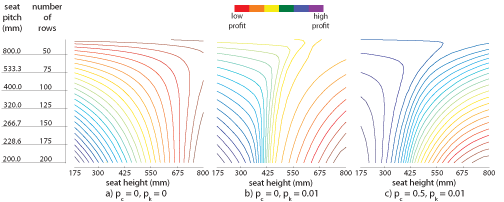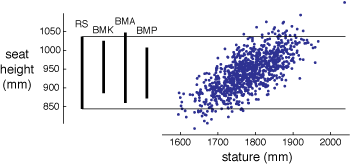by mbp11 | Oct 7, 2013 | Publications
Configuring products or environments for the size of their human users requires the consideration of several characteristics of the target user population, including body dimensions (anthropometry) and preferred interaction. Users are both adaptable and imperfect...

by mbp11 | Jan 1, 2012 | Publications
The allocation of adjustability and use of discrete sizes are two methods of accounting for the variability in the population of prospective users of a product. This paper addresses the discrete sizing problem, adapting recent adjustability research. This is done in...

by mbp11 | Dec 9, 2009 | Publications
This study investigates the nature of accommodation in products designed for human variability with the intent of improving tools for design decision-making. Accommodation, which describes the ability of a user to fit or use a device or environment in a preferred way,...

by mbp11 | Oct 1, 2009 | Publications
Integrating the seemingly divergent objectives of aircraft seat configuration is a difficult task. Aircraft manufacturers look to design seats to maximize customer satisfaction and in-flight safety, but these objectives can conflict with the profit motive of airline...

by mbp11 | Sep 16, 2009 | Publications
In the design of artifacts that interact with people, the spatial dimensions of the target user popula- tion are often used to determine requirements of the engineered artifact. The expected variability in body dimensions (called “anthropometry”) is used to indicate...



